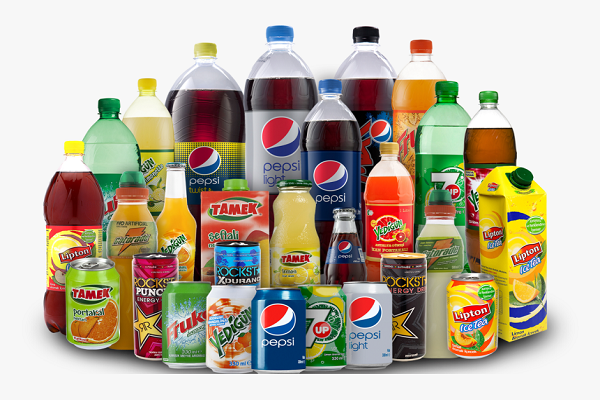India’s non-alcoholic beverage industry witnessed a robust 10.2% growth in value in 2024, its highest in five years, driven largely by smaller, emerging brands that are tapping into traditional flavours and competitive pricing.
According to data from NielsenIQ, this growth is not just a blip — it signals a transformation in consumption patterns. With Rs 60,000 crore in total sales, the category saw a volume growth of 8.5% as consumers increasingly opted for healthier, localised, and affordable alternatives to mainstream products.
Startups and new-age beverage brands like Lahori, Roastea, Storia, Pluckk, Raw Pressery, Tru, and Paperboat have found favour among Indian consumers by offering drinks priced as low as Rs 10. Their products span from herbal teas and flavoured waters to traditional favourites like jeera, nimboo, and shikanji, giving them an edge over multinationals such as Coca-Cola, PepsiCo, Tropicana, and Real.
Lahori, for instance, reported a 47.2% jump in revenue to Rs 312 crore in FY24, and now retails in 21 states. CEO Saurabh Munjal confirmed the brand’s commitment to differentiated flavours and avoiding generic offerings like cola or lychee. Meanwhile, Roastea has seen a meteoric rise, growing from Rs 4 crore in FY22 to Rs 64 crore in FY25, bolstered by its range of green teas, masala extracts, and coffee products.
“There’s a renewed consumer appetite for flavourful yet functional beverages, particularly in rural India, which now contributes over 30% to the category’s growth,” said Roosevelt Dsouza, head of FMCG customer success at NielsenIQ India.
Health and wellness, convenience, and premiumisation continue to shape preferences. Sparkling drinks — including carbonated beverages and energy drinks — now represent 72% of the total ready-to-drink segment, and are leading growth, particularly in the energy drink subcategory. Still drinks like mango beverages and milk-based products, however, are witnessing slower traction.
Even industry giants are adapting. Coca-Cola recently launched Thums Up X Force, a no-sugar variant, while PepsiCo introduced affordable Gatorade offerings at Rs 20. The re-entry of Campa Cola, now under Reliance Consumer Products, and the launch of Spinner sports drinks in collaboration with cricketer Muttiah Muralitharan, have further intensified competition at the mass-market level.
A senior executive from a leading bottling firm stated, “The Indian beverage market remains significantly under-penetrated, offering ample space for both established players and challengers to grow.”
Analysts at JM Financial project a bright outlook, noting that Varun Beverages, PepsiCo’s key bottling partner, has improved its market share by 300 basis points over five years and is expected to maintain a 29% earnings CAGR, the highest among global food and beverage peers.
With the total market projected to reach Rs 1.5 lakh crore by 2030 and growing at 16% annually, India’s non-alcoholic beverage space is bubbling with opportunity — one flavour at a time.


